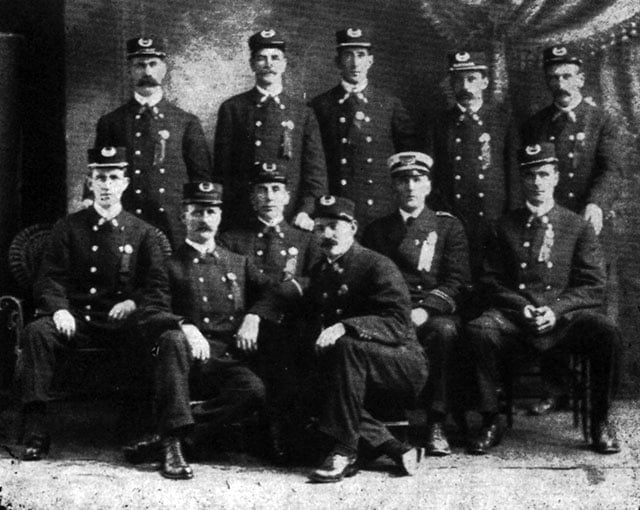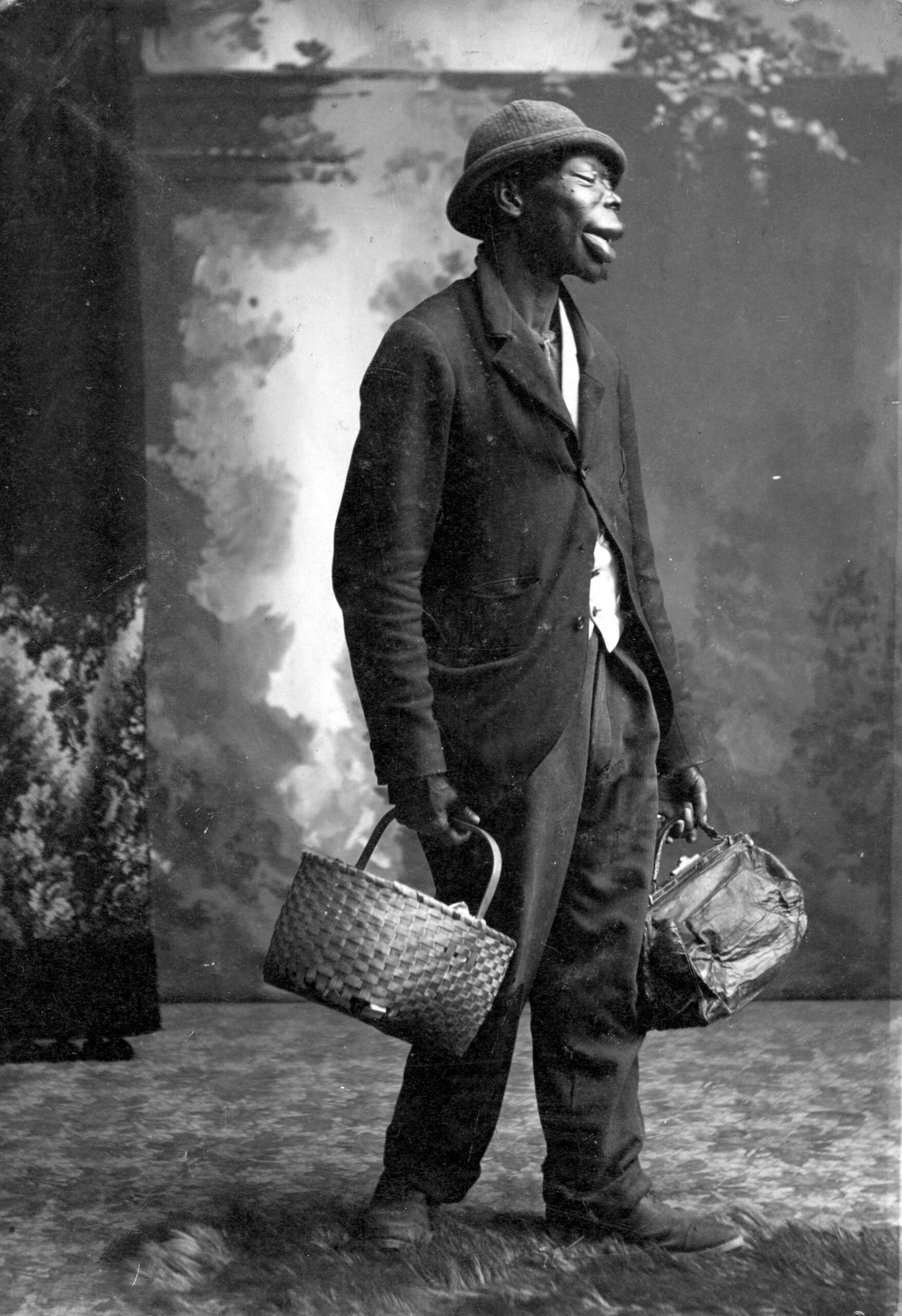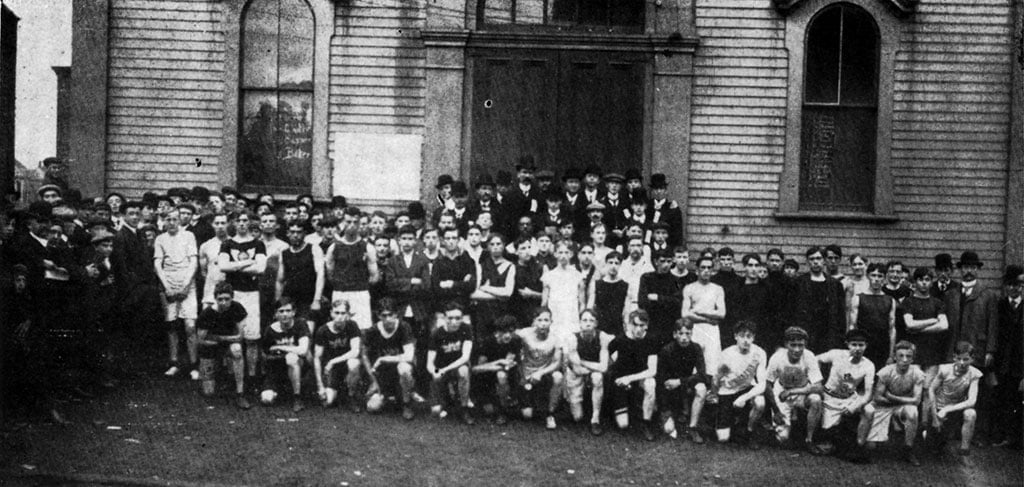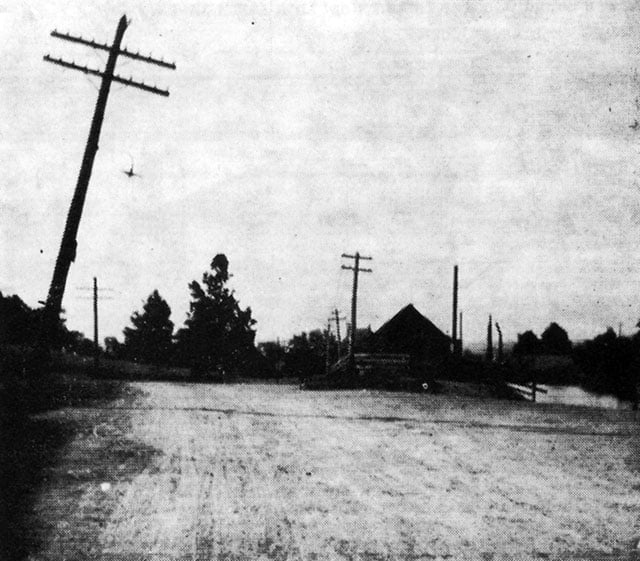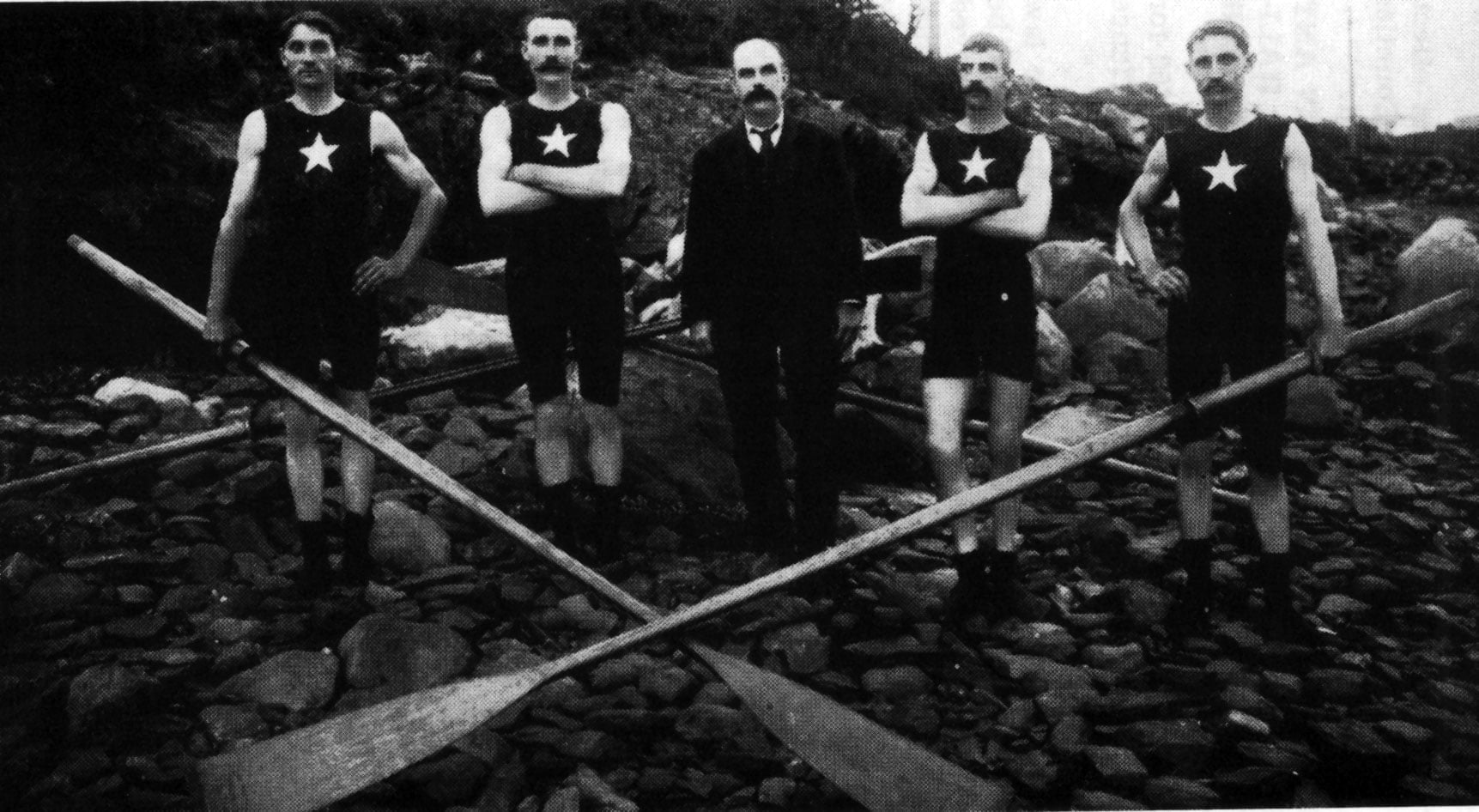From The Story of Dartmouth, by John P. Martin:
Throughout the winter of 1914-1915, Dartmouth pupils continued on half-time classes until the new Greenvale and Hawthorne Schools were finally opened towards the end of April. Old Hawthorne School, however, still had to be utilized to take care of the overcrowding. Legislation was obtained in 1915 empowering the Park Commission to sell building lots on the Common from the wooden Exhibition Rink to Lyle Street. The name of Quarrell Street was changed to Queen Street, and the Town tax rate was fixed at $1.67. A Town Planning Board was formed. It comprised Mayor Williams, Councilors Lynch and Russell; R. Leo Graham and Dr. W. H. Hattie.
Collections for a machine gun were successful carried out by the Axe and Ladder Company under the leadership Harry Young. Recruiting speeches were made by military and other officials at every opportunity such as theatre audiences and at race gatherings. Numbers of youths donned naval or khaki uniform.
With the concentration of troops and ships at Halifax, more and more newcomers began to locate on our side of the harbor. It was the beginning of the end of old-time Dartmouth, whose ferry-passengers and townsfolk in general were fairly fixed in their number and in their habits, and whose business places had not yet seen many striking changes. No longer was the familiar “To Let” sign visible in vacant houses. Rents took a rise. Vacant spots of scrag land overgrown with burdock and buzzy bushes, which had long gone begging for buyers, now began to be acquired by speculators and new organizations such as the Dartmouth Development Co.
C. G. Walker’s new hardware store at his grandfather’s o. location on Portland Street sold “Model T” Fords on instalment Automobiles began to line up at the cab-stand to compete with horse-drawn vehicles, and to splash pedestrians on our muddy streets which were still macadamized, although the downtown permanent sidewalk program had gone steadily forward every summer. Some stranger with a Southern accent asked for a “cawh” ticket at the ferry, and was handed out a 10-cent one by the naïve young lad at the wicket, long accustomed to similar purchases from herders of cows and oxen.
Symonds’ old Iron Foundry was torn down that year. The Winston Steel plant was erected near Grove Street. The new Post Office was nearing completion. The brick Coombs residence was built on Crichton Avenue. More dwellings went up on Bligh Street. Walter C. Bishop erected the first house on Bell’s Hill opposite Lawlor farm. Ex-Councilor Peter McKenna retired after 35 years in the undertaking business. Cecil E. Zink built a new Funeral Parlor on Portland Street. The Board of Trade report listed the number of new houses at 35. (Peter McKenna was also a prominent Contractor.)
At 201 Windmill Road, died Mrs. Joseph Deyoung at the great age of 102. This remarkable lady’s patriotic activity of knitting socks for soldiers, brought her a personal acknowledgment from King George V. Peter Day, the north-end oarsman died at 92.
Other life-long residents to pass away, were Harry Ede Austen, Lewis Payzant, Mrs. George, Mrs. J. D. Murphy, Mrs. Paul Farrell and ex-Mayor James Simmons who had come to Dartmouth in 1854. Mrs. Dr. Parker 81, died at “Beechwood”. In the Morris house at Lake Loon died Gore Montagu after whose family the mining village is named, but misspelled.
Peter Beals died at Preston, aged 82. Margaret Downey (Mrs. James Kennedy) former school teacher, died at Revelstoke, B.C. Her sister Frances died at Beverley, Mass., and was buried in Dartmouth. Both were daughters of Maurice Downey and grandchildren of Joseph Moore of the Canal. In November, school pupils were escorted to Halifax to view the remains of Sir Charles Tupper, father of the Nova Scotia Free School Act.


